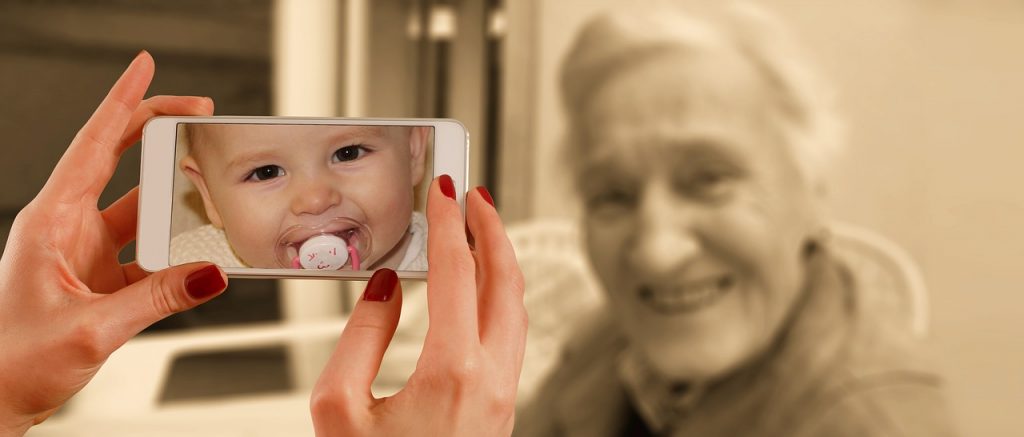

Now, of all the pleasantries experienced by me, One could just as easily change to some other line of thought: Although the topic is, in fact, the current age of the speaker, that is merely a coincidence. The “Now” at the beginning of the second stanza clearly serves merely to change the topic. A good example occurs in poem II of Housman’s “A Shropshire Lad”. The word “now” is therefore used, by extension, to introduce a new topic. The primal use of “now” is to announce that you are about to cross the (perceived) present moment in time.

The short answer is that “Now then!” is a form of asserting / exercising artistic control. (I think the answer given by Ryan Reich is right on the money, but needs shoring up a bit, and so that is what I am attempting here.) Then has functioned not as a temporal connector but a logical one. Now, then, I will explain how the other meaning makes more sense.Īs you see (hopefully), the last sentence really only exists because the first one set it up. Mike Lynd has suggested that the phrase is self-contradictory, but that is because of the existence of two unrelated meanings of the word "then". The phrase now then seems to me to be used most often in some kind of monologue (a lecture or presentation) as a transition between motivation and application, as in: It implies that what follows is a logical consequence of what was immediately preceding. The then which you see as contradictory is actually not the version of "then" that means the opposite of "now", but rather, is therefore. It means, as you say, "We are moving to the next topic", which you could also say "Now we will proceed", so at least the presence of now makes sense. I think the fastest way to render the phrase intelligible is to punctuate it: "Now, then:", which I interpret as follows.


 0 kommentar(er)
0 kommentar(er)
